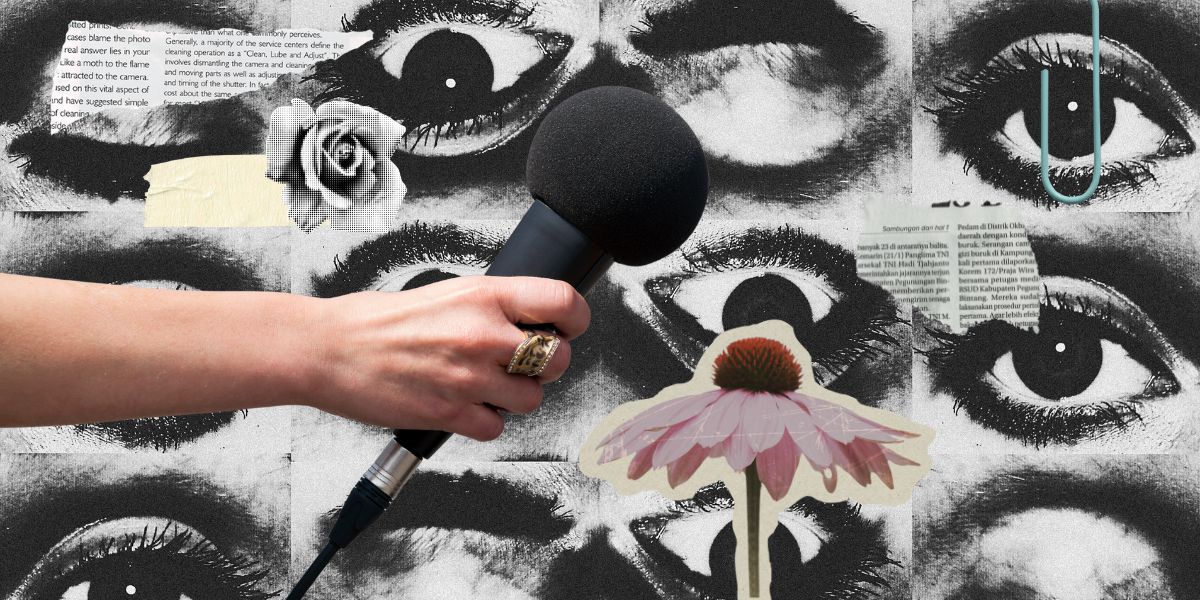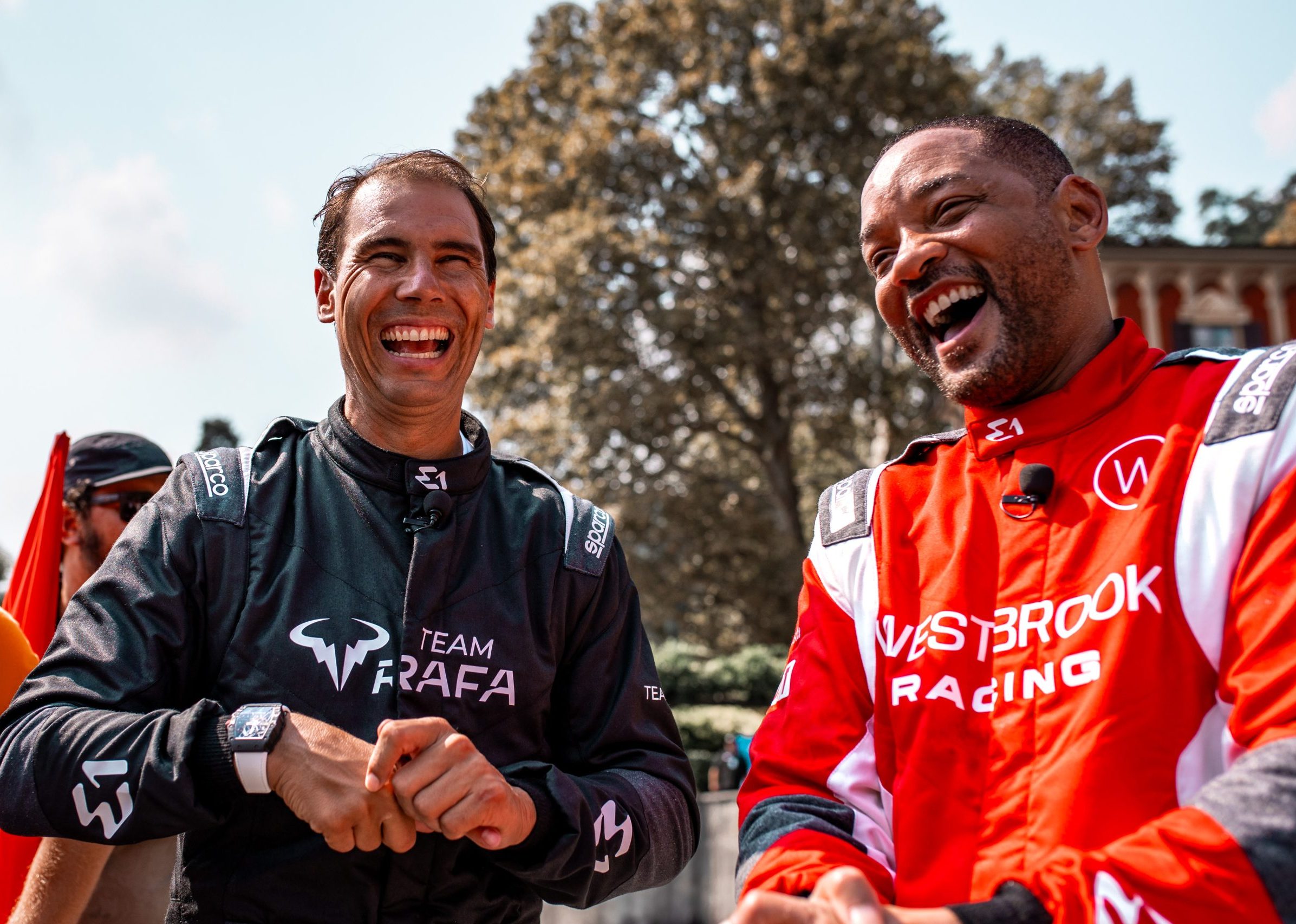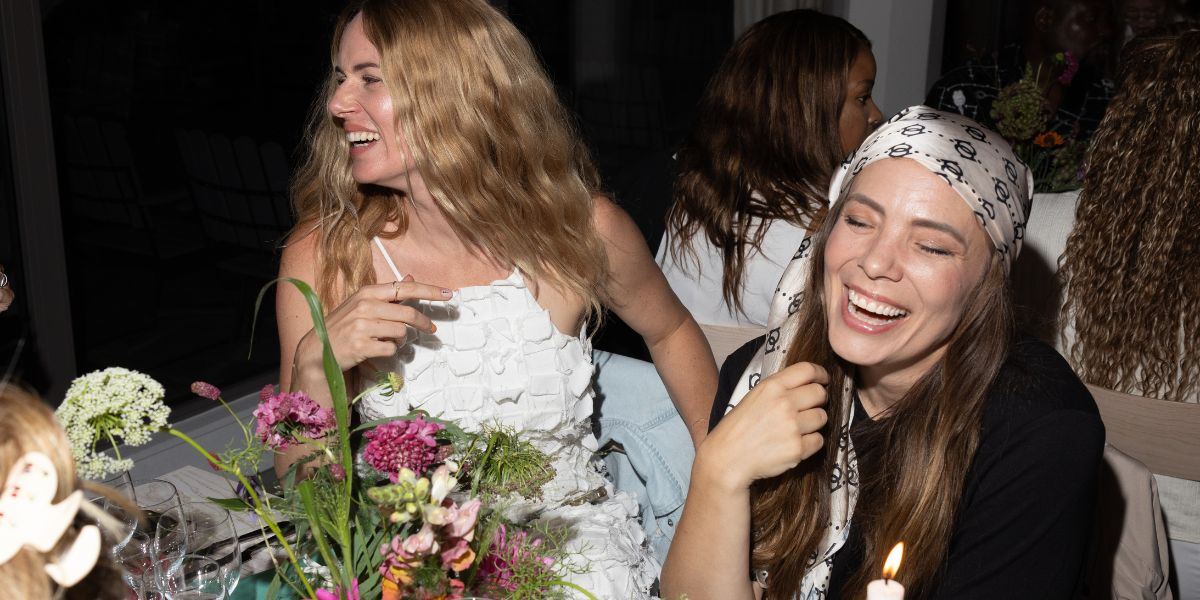Media training often suffers from a bit of a PR problem itself. It’s been labelled ‘boring’, and often finds itself associated with scripted snippets and spin, skills that historically felt more at home in Westminster.
In reality, high-quality media training is about mastering how to communicate clearly, engage meaningfully and handle any live situation, from broadcast interviews and press briefings to expert commentary and ‘so called’ casual coffees with journalists.
Brandnation’s Global Head of Brand and Strategy, Jeremy Page, explains: “The bulk of media work is unseen. It’s in the preparation, the research and really understanding both your story and the journalist. With decades of experience in PR, we know what journalists are looking for and what they’re not, we leverage this in our approach to media training.”
What do journalists really want?
A good spokesperson understands what journalists are looking for. That’s often a moving target, but there is a constant.
“While credibility and background matters, journalists are looking for someone who understands their subject and can explain it clearly, whilst genuinely listening to the question they’ve been asked before responding” says Jeremy.
“The best media training agencies will balance what spokespeople want to say with what journalists want to hear. Building confidence and delivery in both areas is what we focus on at Brandnation,”
“Interviews are dialogue, they should be two-way, and the skill is in reacting to the journalist while keeping your story on track and explaining yourself clearly.”
Media training for leadership
Media training is particularly critical for leaders who are often the face of their organisations. Their ability to communicate confidently and clearly can shape brand perception, trust and influence.
CEO content is also becoming a bigger focus. Research shows 77% of buyers are more likely to purchase from a company whose senior leadership has an active social presence.
As video content surges, a confident communicator on social media can directly impact reputation and revenue.
Is media training suitable for everyone?
Some people are a more natural fit for media work. Charisma, presence and comfort on camera can come more easily to certain individuals.
That said, media skills can absolutely be developed. Through structured practice, immersive exercises and continued feedback, media training helps spokespeople refine their delivery to engage with journalists clearly and confidently.
“Immersive exercises are invaluable,” Jeremy says. “It’s far better to discover in a training room that someone isn’t a natural spokesperson than to see it unfold in a live interview,” Jeremy adds.
“The training room is really a space where you can cultivate skills that pay dividends across all areas of your life. When journalists know they can rely on someone, those relationships become long-term assets for your business and your personal brand.”
What does media training look like in practice?
A media training session is hands-on and immersive.
Spokespeople might face a trainer or even a guest journalist posing challenging questions in a controlled environment. Sessions are recorded, reviewed, and debriefed, giving participants practical feedback and tools to improve.
Beyond the ‘live fire’ exercises, training covers four key areas:
- Understanding your story, audience and key messages (knowing why your message matters)
- Framing answers clearly and accessibly (making complex topics easy to follow)
- Preparing for unexpected questions (thinking ahead to curveballs or ambush questions)
- Identifying the journalist’s perspective (understanding their angle and priorities to connect better)
Brandnation’s top media training tips
“If you’re looking to get started in media engagement, here are a few principles I always emphasise,” says Jeremy.
- Ask the ‘so what?’ question. Make sure your story is meaningful and relevant to your audience. If it doesn’t pass the test, rethink your angle.
- Offer unique, contextual insights. This can take the form of quotable lines that help your story land on the page and beyond or frame your brand in a wider context.
- Support your points with evidence. Proof points, examples and anecdotes bring your message to life and give it credibility.
- Be aware of body language. How we sit and move often betrays a deeper truth. Preparing for where to put your hands, practicing how you sit or deciding when to lean forward or back can be crucial.
“All of this takes preparation,” Jeremy adds. “Even the most effortless-sounding remark is built on practice, planning and a deep understanding of your story.”
Ready to get started with media training?
Whether you’re looking to prepare others or equip yourself, Brandnation’s tailored media training courses help spokespeople build confidence, develop messaging and nurture relationships with media.
We cover the full spectrum of corporate communications, from practical media training to leadership content strategy, to help teams communicate with impact across every channel.

About the author
Natalie Clement | Digital
Marketing Executive
With international experience as a digital marketer, writer, and editor, Natalie has worked across sectors including lifestyle, technology, and tourism.





